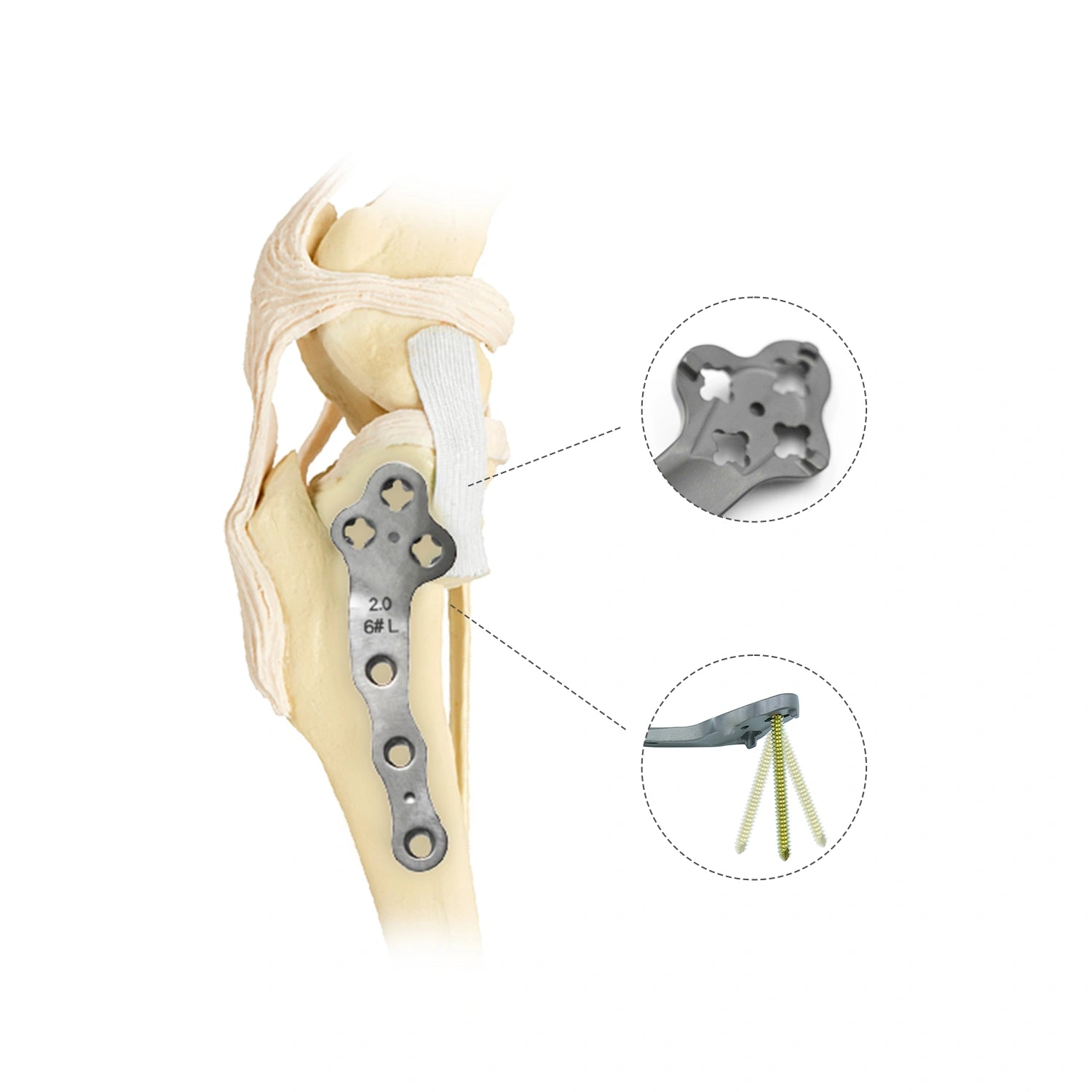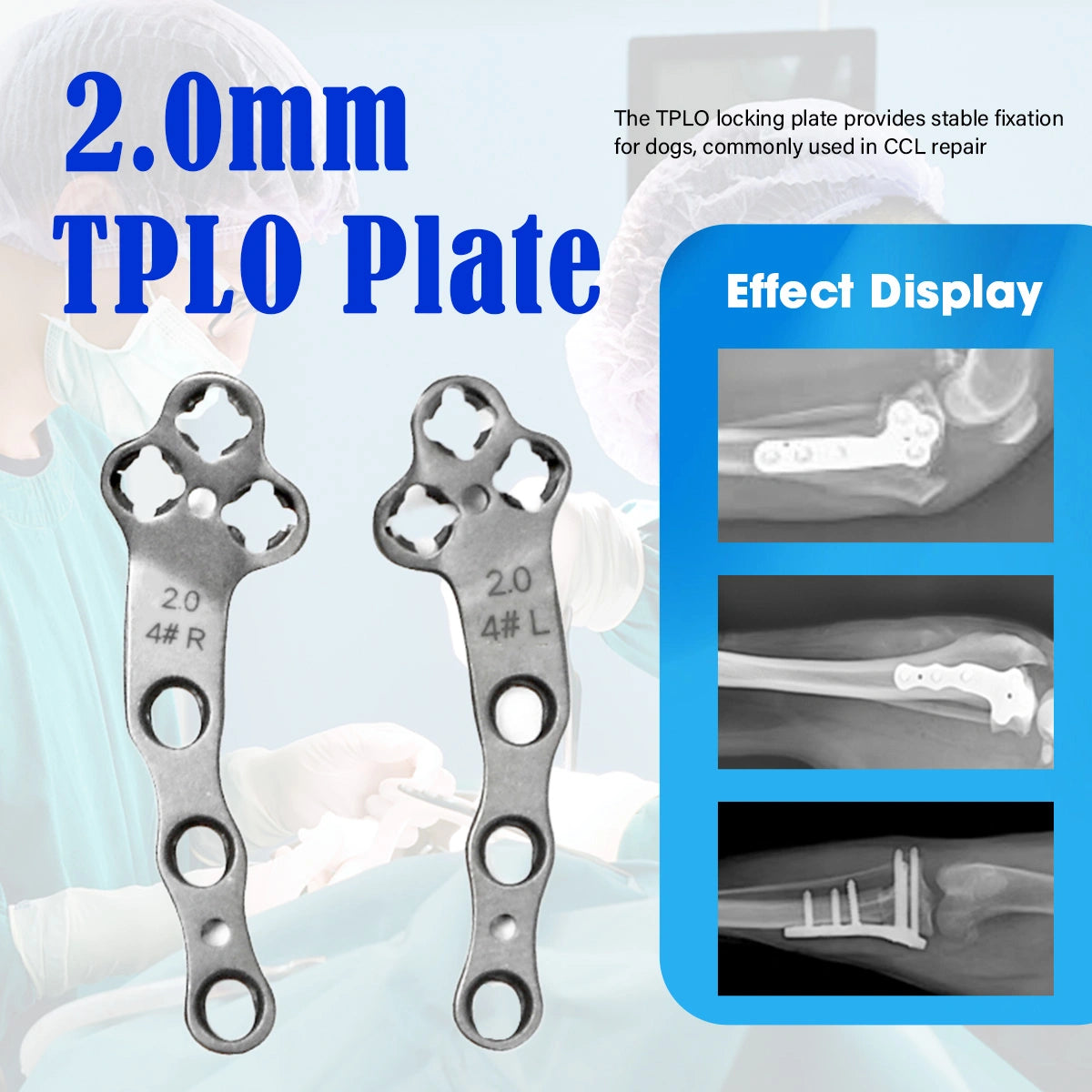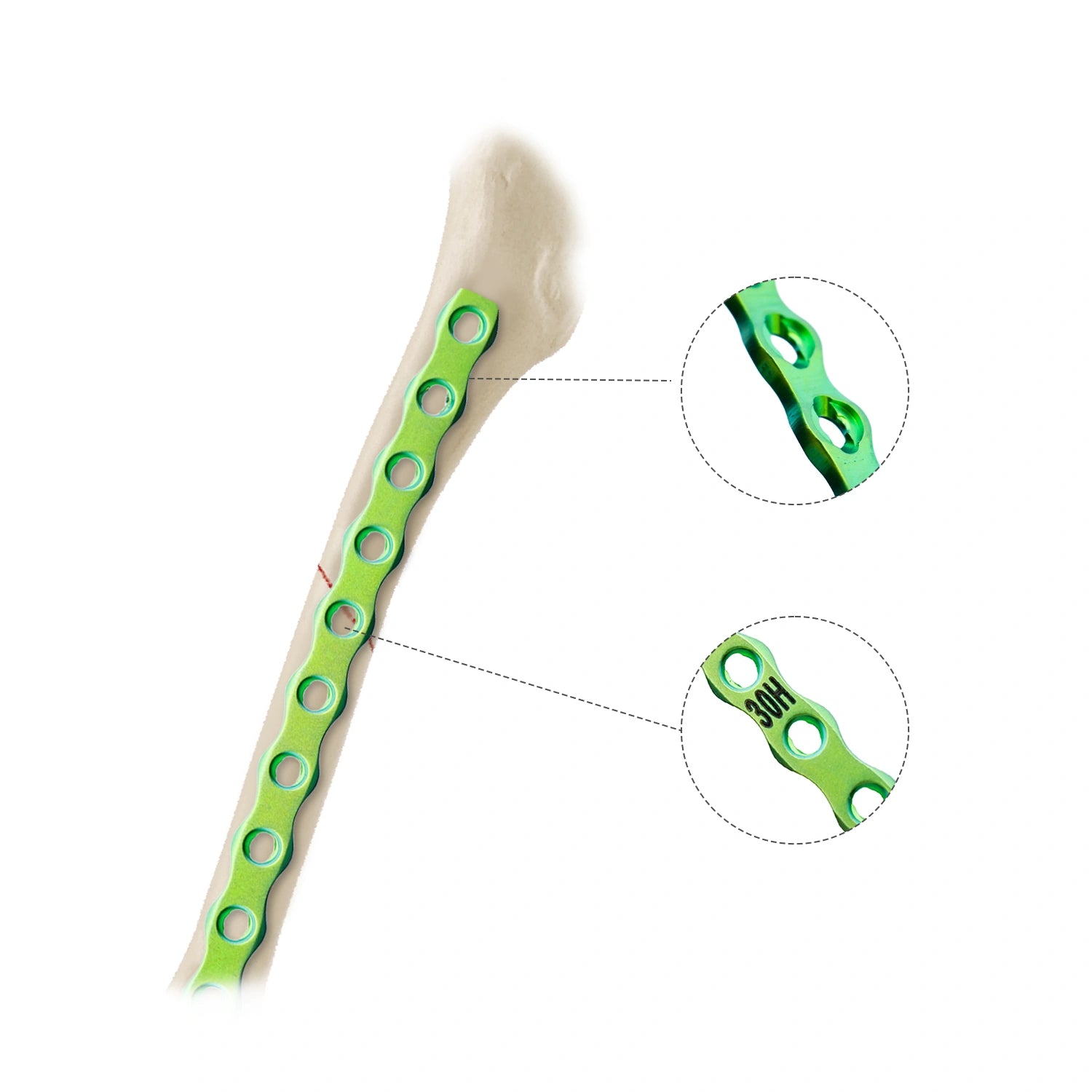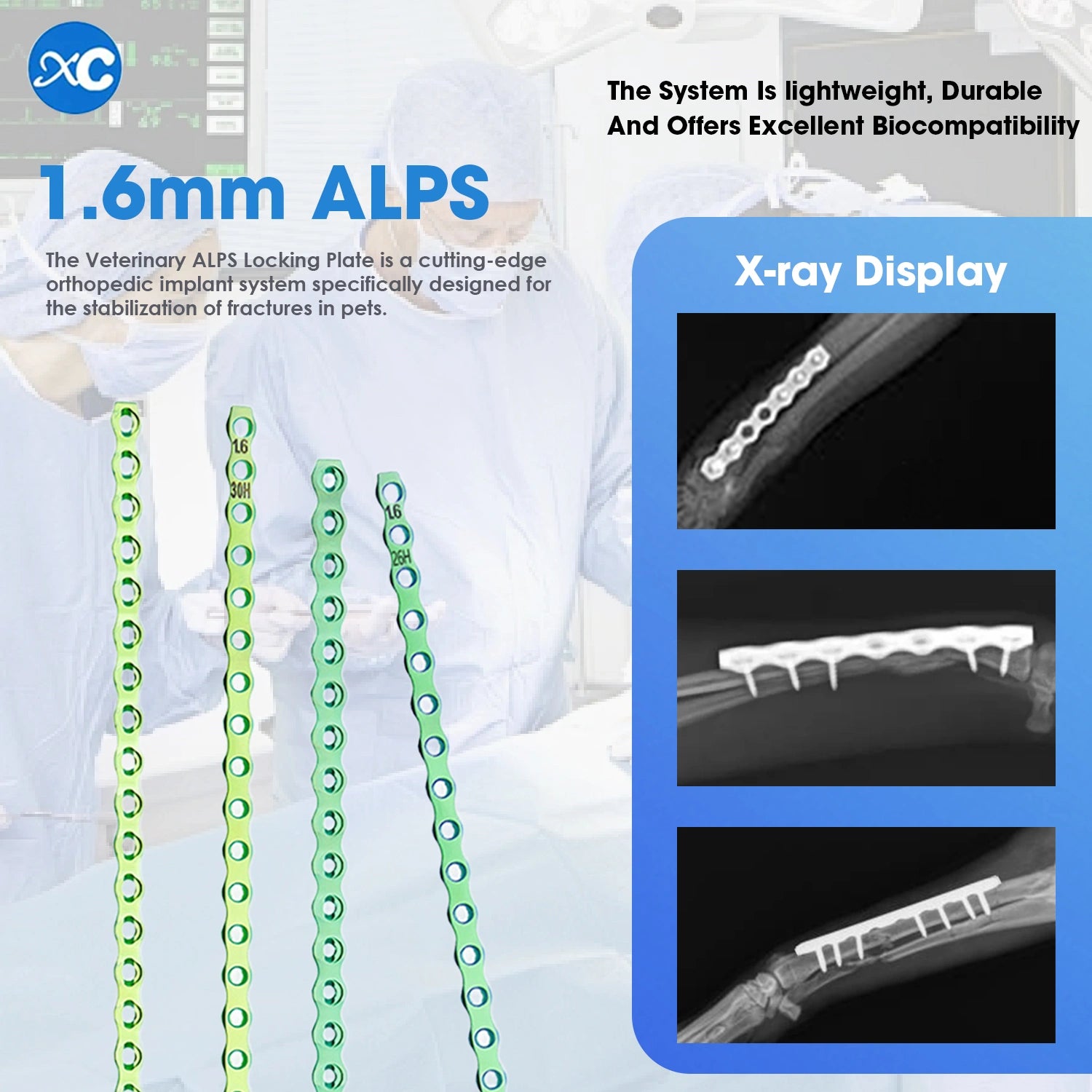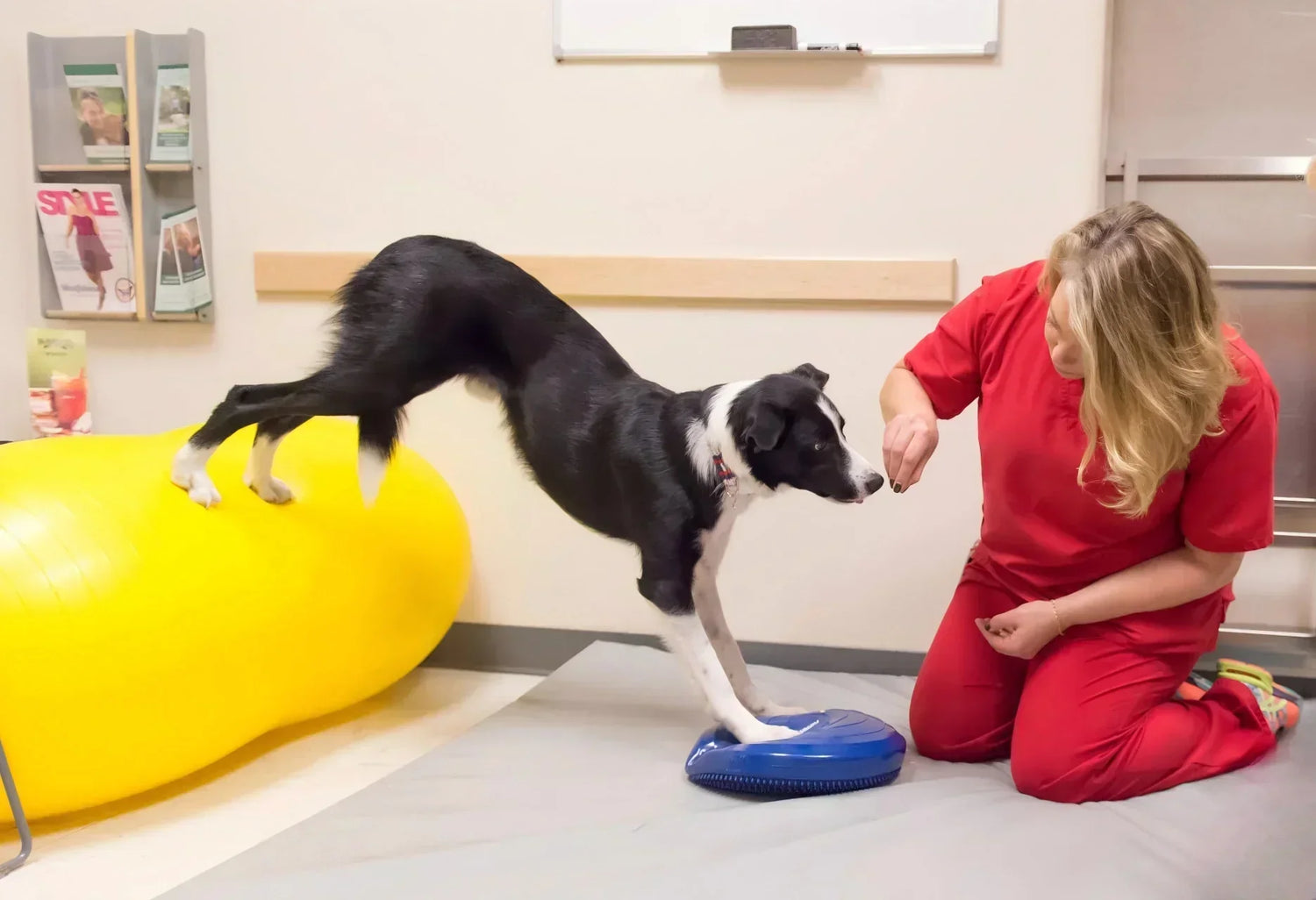Fractures are common in dogs, especially small breeds and puppies. Their fragile bones make them prone to trauma or disease-related breaks.
🐾 External Causes
✅ Traffic Accidents (Direct Trauma)
Motor vehicle accidents are among the leading causes of fractures. The strong impact often leads to displaced fractures of long bones such as the femur, tibia, or radius/ulna, frequently accompanied by soft tissue injuries.
✅ Falls from Heights
Puppies falling from furniture or balconies are highly susceptible to distal femur or forelimb fractures due to immature bone development.
✅ Blunt Force Trauma
Household accidents such as being slammed by a door or crushed by heavy objects can result in comminuted fractures.

🐾 Pathological Causes
Some fractures occur without significant trauma — these are known as pathological fractures.
- Osteoporosis: Reduced bone density increases fracture risk.
- Nutritional Deficiencies: Calcium or vitamin D deficiency leads to fragile bones.
- Bone Tumors or Osteomyelitis: Diseased bones become structurally weak and break easily.
🐾 Exercise-Related Injuries
Sudden movements such as sharp turns, jumping, or slipping can result in indirect trauma, often affecting forelimbs or patella.

🐾 Why Immediate Veterinary Care Is Essential
Fractures are often associated with muscle tears, vascular damage, nerve injuries, and even open wounds. Delayed treatment increases the risk of malunion, joint stiffness, or long-term disability.
Veterinary orthopedic treatment may include:
- Debridement
- Internal fixation with plates, screws, or pins
- Postoperative rehabilitation

